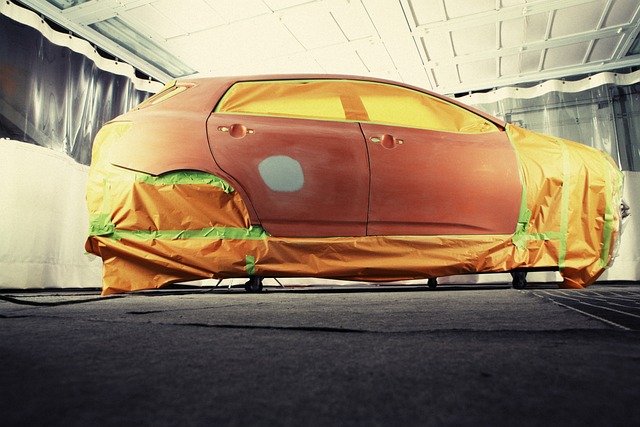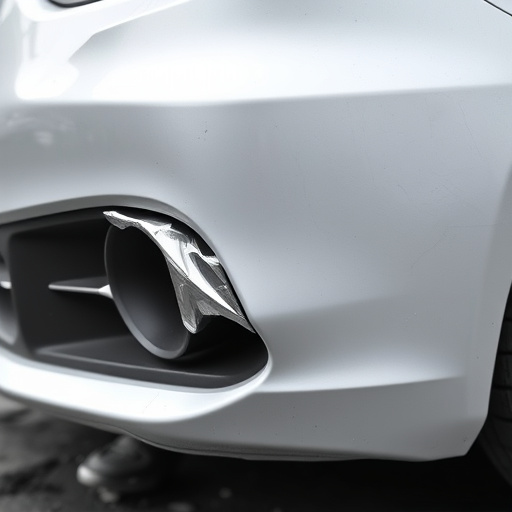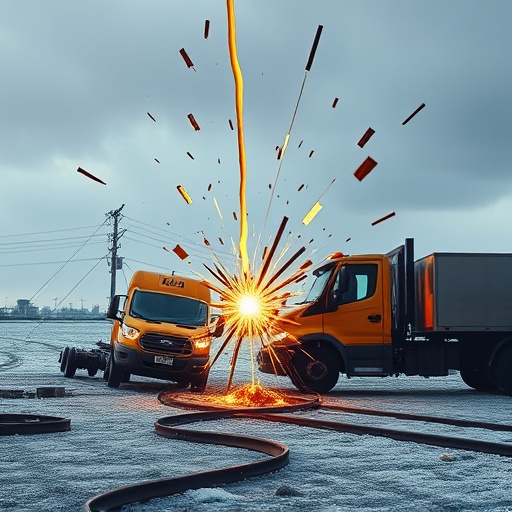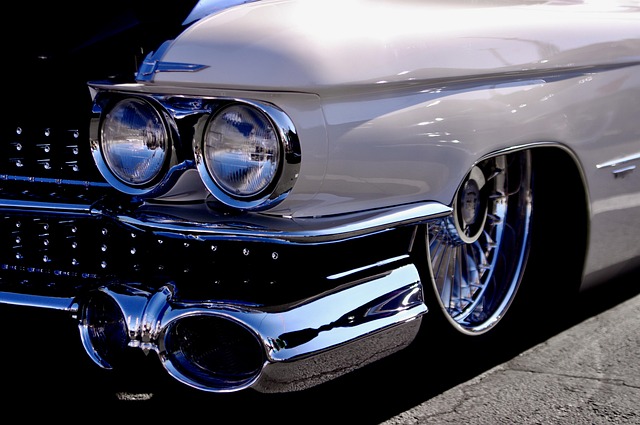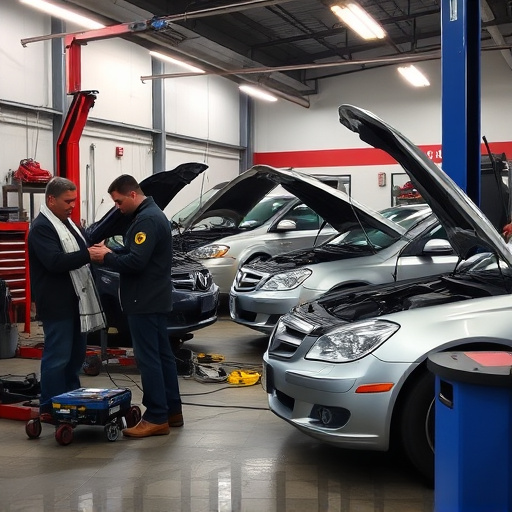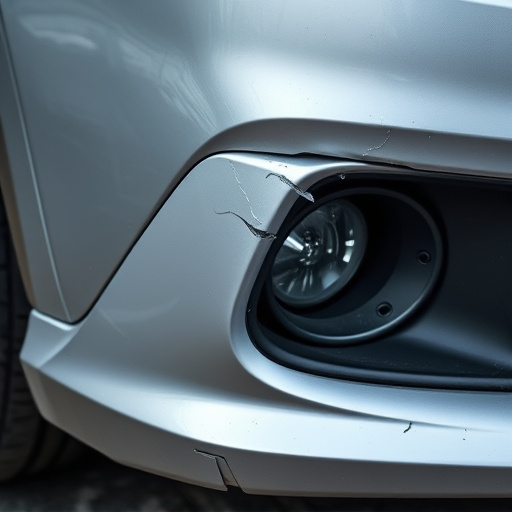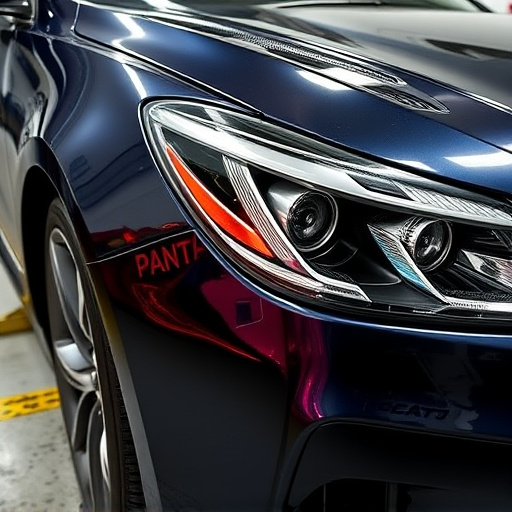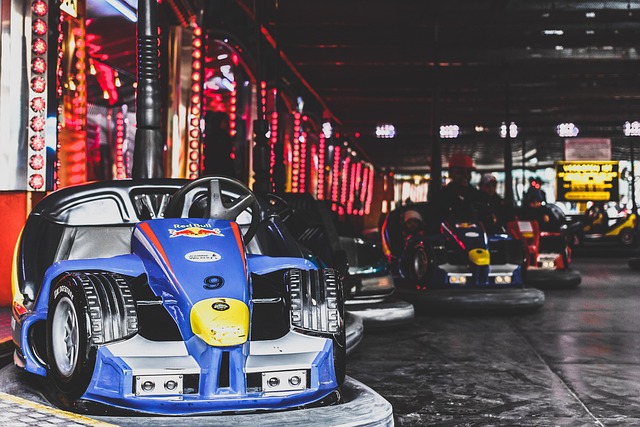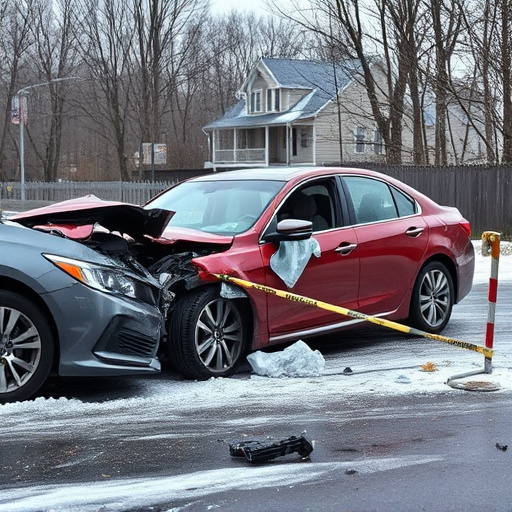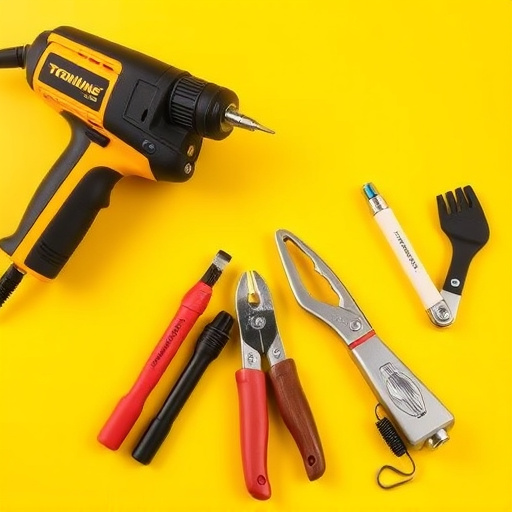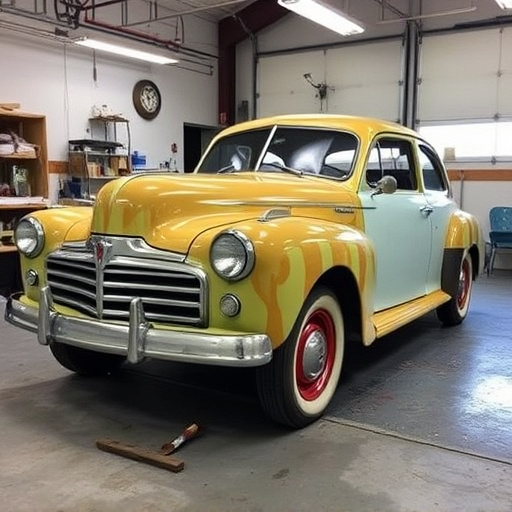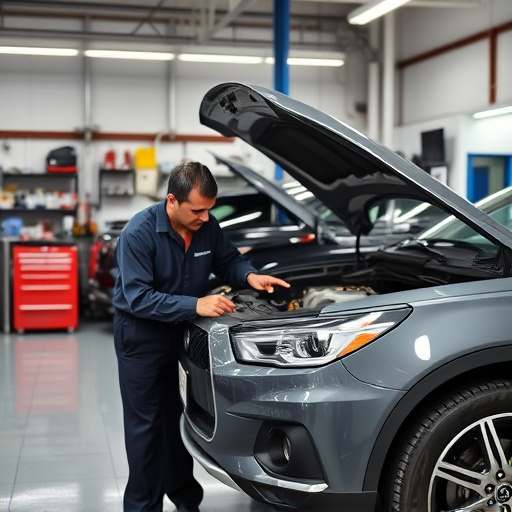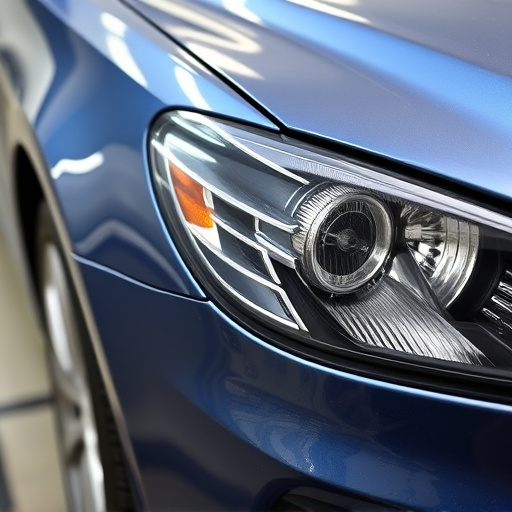Paint protection services vary in cost based on service type (clear coating, ceramic coating, paint repair), vehicle specifics, and damage extent. Clear coating offers basic protection for $300-$600, ceramic coating provides superior durability for $500-$1000+, and paint repair addresses minor damages around $100-$300 per incident. Factors like vehicle complexity, existing damage, environmental conditions, and specialized materials impact pricing.
“Uncover the mysteries behind the cost of paint protection services—a crucial aspect for vehicle owners seeking to preserve their cars’ aesthetic. This comprehensive guide breaks down the expenses associated with popular paint protection options. From material and labor costs to additional factors, we navigate the landscape of pricing. By understanding these elements, car enthusiasts can make informed decisions, ensuring they get top-notch protection without breaking the bank. Explore the ins and outs of paint protection services and learn how to safeguard your vehicle’s valuable finish.”
- Understanding Common Costs in Paint Protection Services
- Material and Labor: The Core Expenses
- Additional Factors Influencing Paint Protection Pricing
Understanding Common Costs in Paint Protection Services
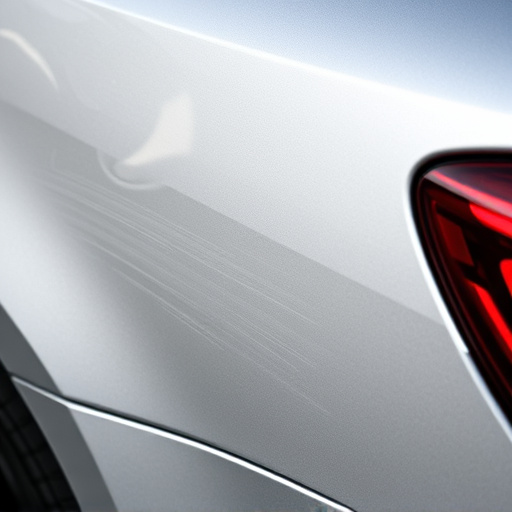
When delving into paint protection services, it’s essential to grasp that costs can vary widely based on several factors such as the type of service, the vehicle’s make and model, and the extent of damage. The most common services include clear coating, ceramic coating, and paint repair. Clear coating, a popular choice for added shine and protection, typically ranges from $300 to $600 per vehicle, depending on the size and quality of the applicator. Ceramic coating, known for its superior durability, can cost between $500 and $1000 or more, making it a pricier option but one that offers longer-lasting protection against scratches and environmental damage.
Paint repair, which focuses on fixing minor damages like dents and scratches, is usually the most budget-friendly service at around $100 to $300 per incident, depending on the severity. It’s important for vehicle owners to remember that a fender bender or auto collision center visit can significantly increase these costs, especially if extensive repairs are required. Understanding these cost dynamics equips individuals to make informed decisions and choose paint protection services that align with their needs and budgets.
Material and Labor: The Core Expenses
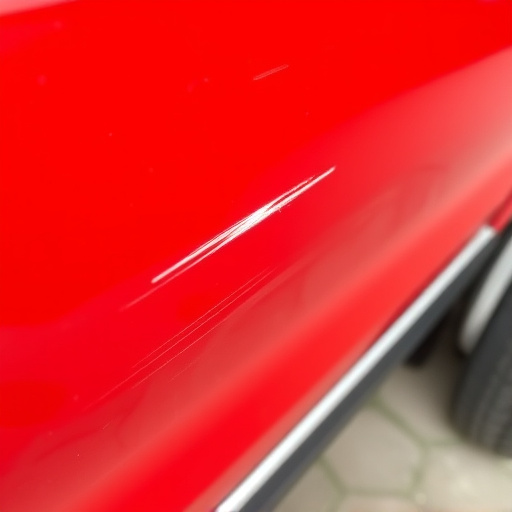
The core expenses behind paint protection services largely stem from the materials and labor required to deliver a quality finish. High-quality paints, applicators, and protective coatings represent significant material costs for car repair shops offering these services. The type of protection chosen—such as ceramic coating or polymer sealant—influences the price point, with premium options offering longer-lasting protection against scratches, swirls, and environmental damage.
Labor is another critical component, as skilled technicians need ample time to meticulously apply and cure the protective layers. This process involves careful preparation of the vehicle’s surface, application of the chosen material, and subsequent curing under specific conditions. The level of detail and skill involved in this labor intensifies the overall cost of paint protection services, especially when compared to more straightforward car dent repair or auto glass repair procedures.
Additional Factors Influencing Paint Protection Pricing
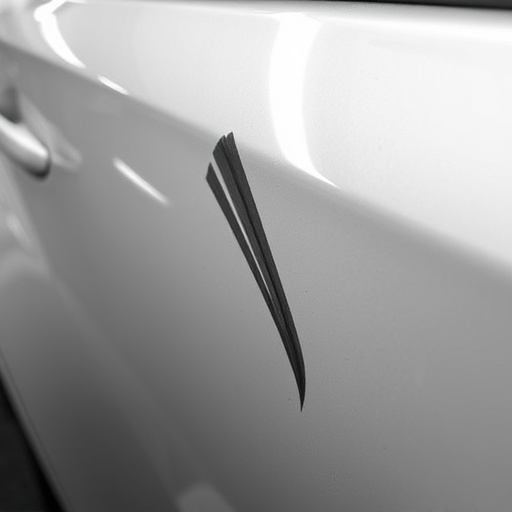
Several additional factors can influence the pricing of paint protection services, going beyond the initial cost estimate. These include the make and model of the vehicle, which can have varying levels of complexity in terms of paint application and protection. Luxury or specialty cars might require specialized materials and techniques to ensure optimal protection without damaging the original finish.
Another significant factor is the extent of damage or wear already present on the car’s surface. A vehicle with extensive scratches, dents, or previous repair work will necessitate more intensive preparation and repair before applying paint protection coatings, thereby increasing the overall cost. Moreover, environmental conditions play a role; areas with high pollution levels or frequent exposure to harsh weather might require additional treatments to maintain the effectiveness of paint protection over time, adding to the overall expense.
Paint protection services vary in cost based on several factors, including vehicle type, the level of protection desired, and regional market rates. Understanding these components is key to making an informed decision. By breaking down the core expenses of materials and labor and considering additional influencing factors, car owners can navigate the market effectively. When comparing quotes, remember that the lowest price isn’t always the best value; look for reputable providers offering comprehensive services tailored to your needs.
